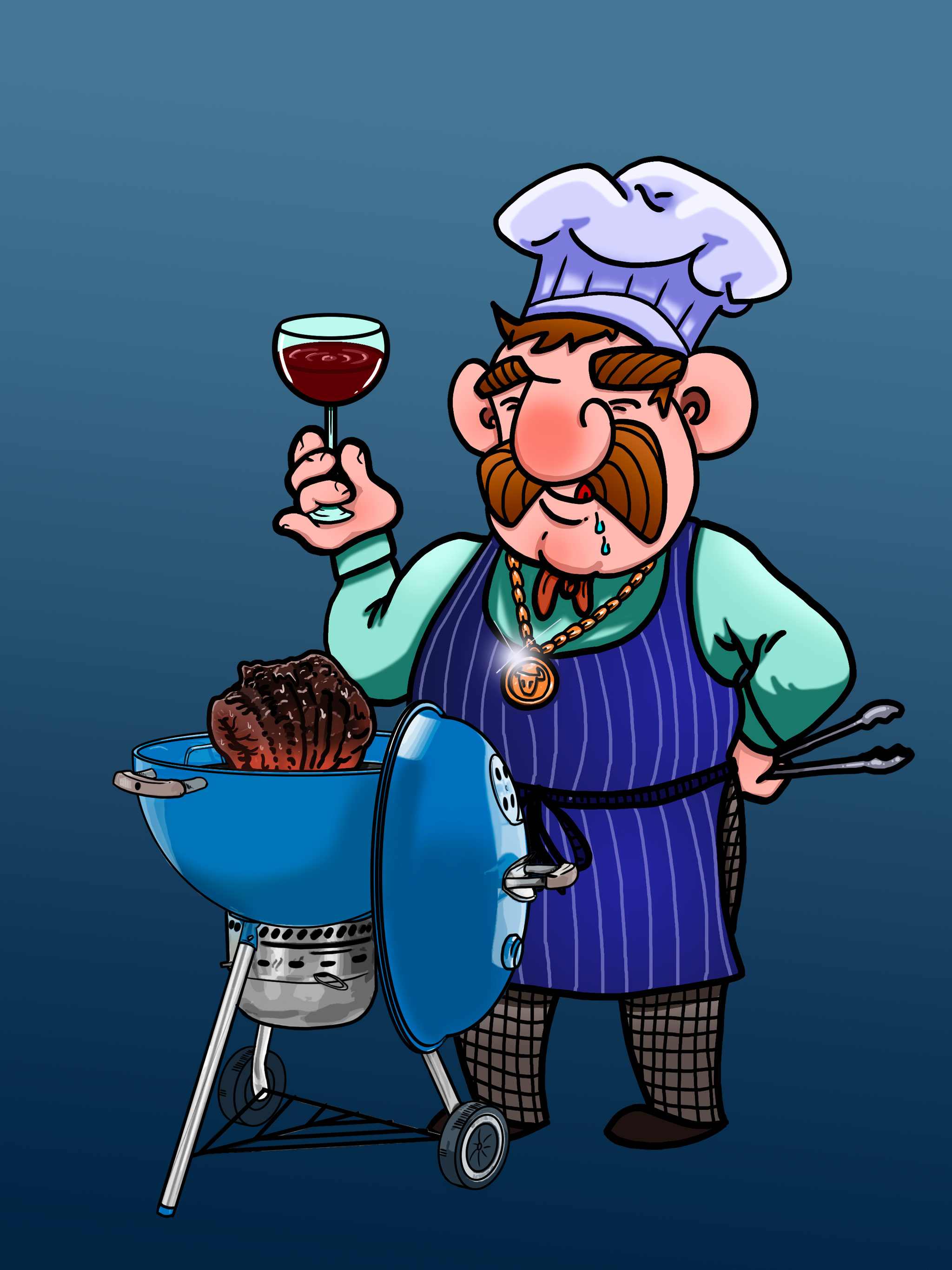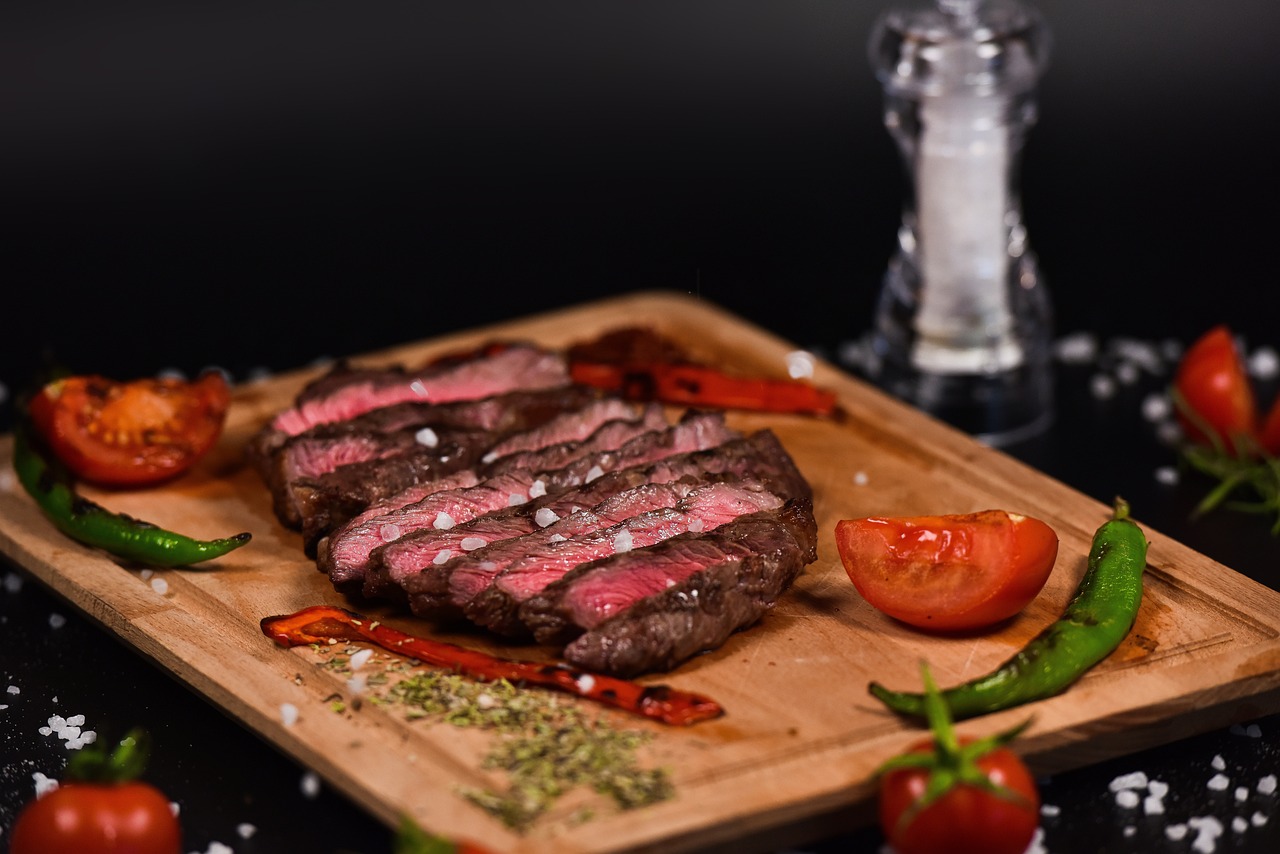When it comes to choosing the perfect cut of beef for your meal, the options can be overwhelming. Two cuts that often compete for attention are hanger steak and flat iron. Both cuts are known for their flavor and tenderness, making them excellent choices for a variety of dishes. Understanding the differences between hanger steak and flat iron not only helps in making an informed purchase but also in preparing them to their best advantage.
Hanger steak, sometimes known as the butcher’s steak, is prized for its flavor. This cut comes from the diaphragm area of the cow, which is typically a strong muscle; however, the hanger steak is a notable exception, known for its tenderness. Flat iron, on the other hand, is taken from the animal’s shoulder and is named after the traditional metal flat iron, its shape resembling that tool. Despite coming from a well-exercised part of the cow, modern butchering techniques have elevated the flat iron to be nearly as tender as some of the most sought-after cuts.
Each cut has distinct characteristics including differences in texture, flavor, and ideal cooking methods that influence how they are best enjoyed. At the core, the choice between hanger steak and flat iron boils down to personal preference and the specific requirements of the recipe in question, whether that calls for grilling, broiling, or another cooking method that complements the cut’s natural qualities.
Key Takeaways
- Hanger steak and flat iron are flavorful and tender cuts from the diaphragm and shoulder, respectively.
- Hanger steak is known for its strong beef flavor, while flat iron is recognized for its tenderness and uniform shape.
- The cooking method for each cut should be chosen to enhance its particular qualities and texture.
Defining the Cuts
In the realm of beef cuts, hanger steak and flat iron steak are both noteworthy for their flavor and tenderness.
Hanger Steak
The hanger steak, often known as the “butcher’s steak,” is a cut prized for its flavor. It is taken from the muscle that helps support the diaphragm between a cow’s rib and loin, hence its name. There’s usually only one hanger steak per animal, making it a bit more exclusive compared to other cuts.
Key Characteristics:
- Location: From the diaphragm area
- Flavor: Rich and full
- Texture: Grainy and tender
- Cooking Method: Best when seared or grilled
- Availability: Often limited
Flat Iron Steak
This steak, also referred to as the “top blade steak,” comes from the chuck, or shoulder region of the cow. Its name derives from its iron-like shape. It is uniformly thick with a substantial amount of marbling, which contributes to its juiciness and flavor.
Key Characteristics:
- Location: From the shoulder area (chuck)
- Flavor: Bold, beefy
- Texture: Tender with fine muscle fibers
- Cooking Method: Ideal for grilling or pan searing
- Availability: Generally more available than hanger steak
Comparison of Characteristics
The comparison between hanger steak and flat iron steak is discerned primarily through their flavor profile, texture, and versatility in cooking.
Flavor Profile
Hanger Steak: It boasts a strong, beefy flavor, often described as somewhat gamey, that stands out even with minimal seasoning. This meat cut is rich in taste due to its location near the kidneys, where it absorbs their flavor.
Flat Iron Steak: The flat iron has a milder, yet deeply satisfying beef flavor compared to hanger steak. The meat is uniform in taste and is well-suited for a variety of flavor enhancements from marinating.
Texture
Hanger Steak: Known for its loose grain and tender texture, the hanger steak remains juicy when cooked properly. It should be cooked to rare or medium-rare to maintain its tenderness.
Flat Iron Steak: Flat iron steaks are recognized for their even, well-marbled texture. This tender cut comes from the shoulder and is second in tenderness only to the tenderloin.
Versatility in Cooking
Hanger Steak: Hanger steak excels when cooked quickly over high heat such as grilling or broiling, which seals its robust flavor and juiciness.
Flat Iron Steak: Flat iron steak demonstrates versatility across many cooking methods. Its uniform thickness makes it ideal for grilling, pan-searing, or sous-vide, delivering a consistent outcome.
Nutritional Values
When comparing the nutritional content of hanger steak and flat iron steak, it’s important to examine the essential nutrients that both cuts offer. Nutritionally, beef is a rich source of protein, iron, and B vitamins, among other nutrients. Below is a table that highlights the key nutritional differences between hanger steak and flat iron steak per 100g serving:
| Nutrient | Hanger Steak | Flat Iron Steak |
|---|---|---|
| Calories | 250 | 240 |
| Protein | 23g | 21g |
| Fat | 17g | 15g |
| Saturated Fat | 7g | 6g |
| Cholesterol | 60mg | 80mg |
| Iron | 2.7mg | 2.2mg |
| B12 Vitamin | 1.1µg | 1.8µg |
Hanger steak, also known as butcher’s steak, is marbled with fat, which contributes to its flavor and slightly higher calorie content. The presence of fat can also impact the absorption of fat-soluble vitamins.
In contrast, flat iron steak, cut from the shoulder, while tender and flavorful, usually has less intramuscular fat than hanger steak. This can often lead to a leaner choice and a slight reduction in calorie count.
Both cuts are excellent sources of high-quality protein, which is essential for muscle growth and repair. They also contain vital minerals such as iron, which is crucial for oxygen transportation in the blood, and B12 vitamin, important for nerve function and the production of DNA.
It should be noted that the cooking method can affect the final nutritional value of both steaks, as can the addition of sauces or seasonings. Consumers may choose one cut over the other based on their dietary preferences or nutritional goals.
Best Cooking Methods for Each Cut
When cooking hanger steak, the preferred method is high-heat pan-searing or grilling. This cut benefits from quick cooking methods due to its naturally tender quality and rich flavor.
- Preparation: Marinate or season the steak to enhance its robust beefy taste.
- Cooking: Sear over high heat for 2-3 minutes on each side.
- Doneness: Aim for medium-rare to keep it tender; this usually means an internal temperature of 130°F to 135°F.
- Resting: Allow it to rest for several minutes after cooking to retain juices.
The flat iron steak, while also suited for grilling, excels when cooked using slightly more varied methods, taking care not to overcook this evenly marbled meat.
- Preparation: Season well, as this cut absorbs flavors generously.
- Cooking Options:
- Grill: Over medium-high heat, place the steak and cook for 3-5 minutes per side.
- Stovetop-to-Oven: Sear on the stove then finish in the oven at 350°F until desired doneness.
- Doneness: Best served medium-rare to medium, usually around 135°F to 145°F.
- Resting: Let it rest to ensure it remains juicy and flavorful.
Both steaks are known for their distinctive textures and flavors, and thus require precise cooking to maximize their potential. Grilling or pan-searing at appropriate temperatures will preserve the integrity of both cuts.

